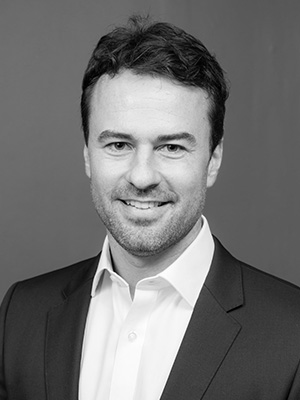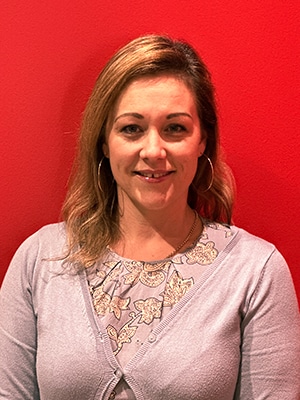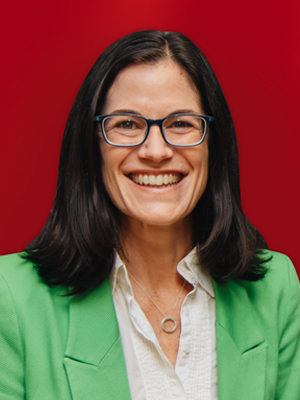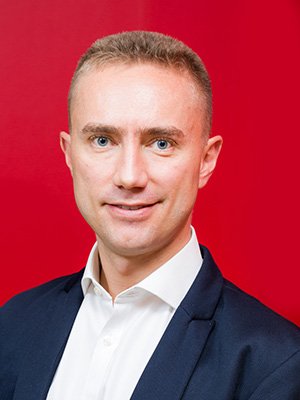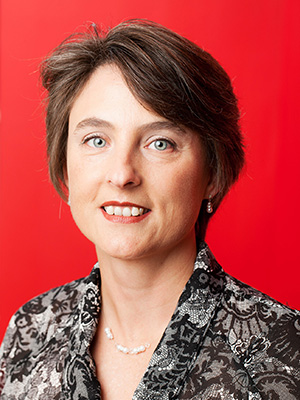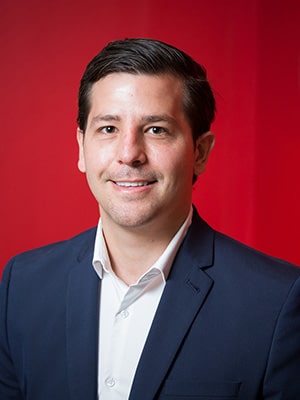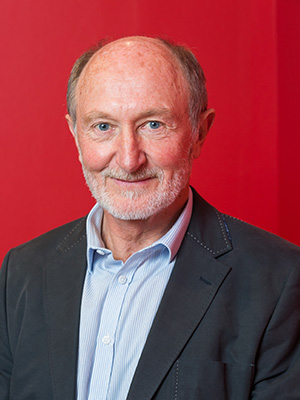
28 Jan Who wants to be a millionaire?
By Pieter Hundersmarck
What if the secret to affluence was simply time and discipline?
Over the past decade, America’s millionaire population has ballooned to 11.8m households and now comprises 3% of the US population. The media declares that technology, property, and cryptocurrency bets have made everyone rich. Everyone, it appears, except you.
Peering behind the headline, the stats reveal that many of the world’s millionaires are older. Age is a huge driver of wealth and income. Many of today’s millionaires grew wealthy the old-fashioned way: by consistently investing their money and watching their returns compound.
For example, to retire as a dollar millionaire in 2019 at age 65 means you had to invest $40,000 into the S&P500 in December 1990 (when you were 35) and contribute $500 per month until December 2019. Not small sums to be sure, but not completely out of reach for the median income US family at the time.
Compounding is powerful. Whatever currency or split of lump sum and monthly contributions, diligent investment habits over your working life will allow your investments to compound and establish a comfortable retirement.
Discipline is where most of us stumble. Investing monthly can be challenging. Once your capital is invested, you need the stomach to ride out the volatility that investing inevitably brings. To build wealth, you need to constantly reject instant gratification in favour of opportunity of greater returns further down the line.
If you can master the discipline, the next step is defining where to invest
For South Africans, the choice of where to put your hard-earned savings is, without question, in a globally diverse portfolio. While the JSE contains a handful of globally focused businesses, and has had strong periods of outperformance over the past 30 years, the investment opportunities remain concentrated in a few sectors and pale when compared to the wider global opportunities.
Putting your eggs into domestic portfolios run by large local asset managers worked in the past, but is unlikely to generate the same high returns going forward. The reason for this is the dominance of a few asset managers, who due to past success have now become so large in the SA market that they are no longer able to generate the alpha that they once did.
There are many lessons for investing, but the three takeaways I’ll leave you with here are the following.
- Firstly, spend time understanding whether your chosen asset manager truly offers a differentiated If their top holdings consist of the big index stocks, then perhaps you’re better off in an index fund.
- Secondly, if you’re going to invest globally, find an investment manager who’s focused only on global stocks. There are many examples of local managers who offer global funds without the experience or the resources to make a long-term success of it. Achievement in any endeavour comes from focus.
- Thirdly, choose a fund that suits your specific need. A global equity fund is applicable when growing your wealth in your working years, while a global balanced or flexible fund is applicable when you’re older. Don’t be lured into products that don’t suit your needs.
Investing success accrues to the patient and the diligent. Armed with this information, the path to a comfortable retirement is within reach.
Find out more about investing offshore with the global specialists at www.flagshipsa.com.
